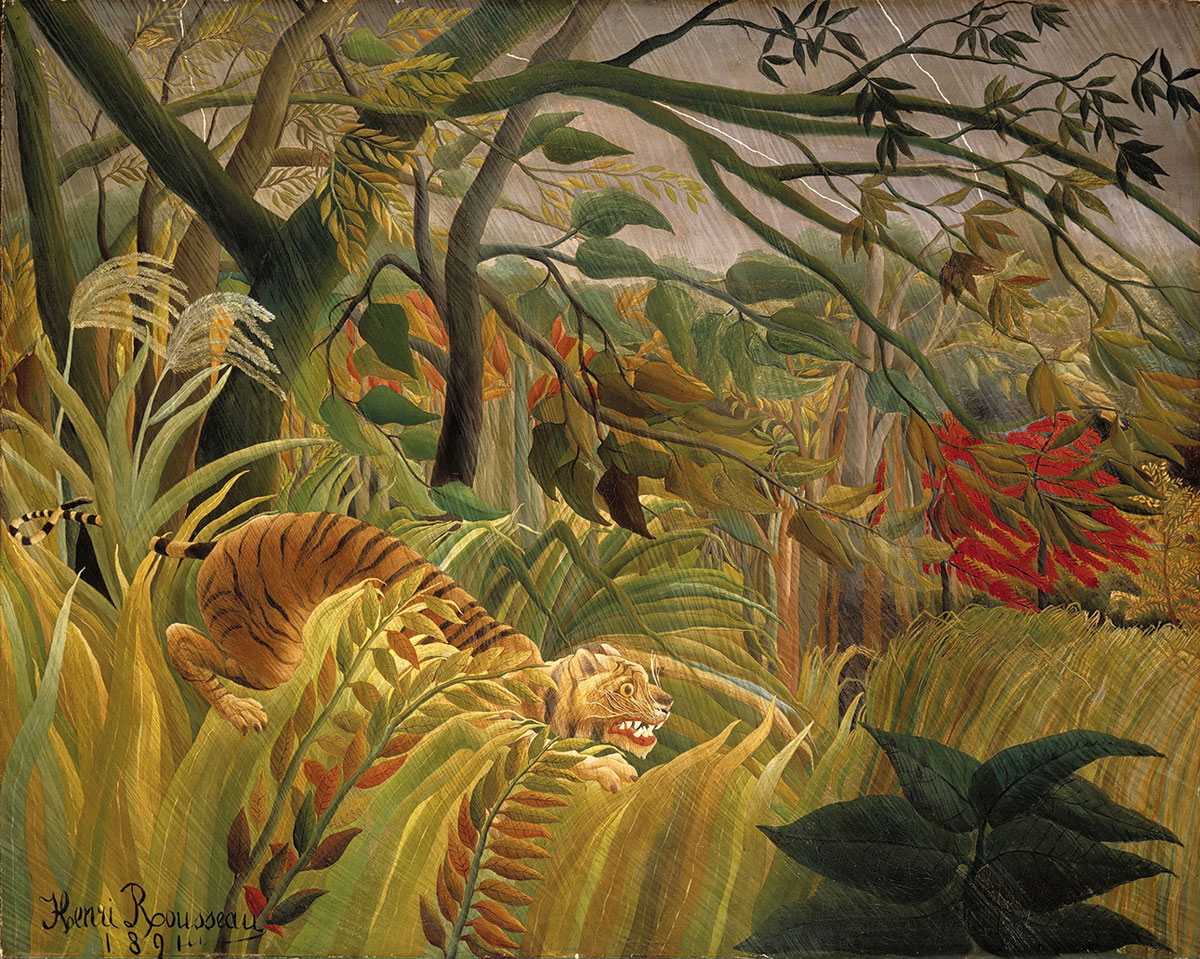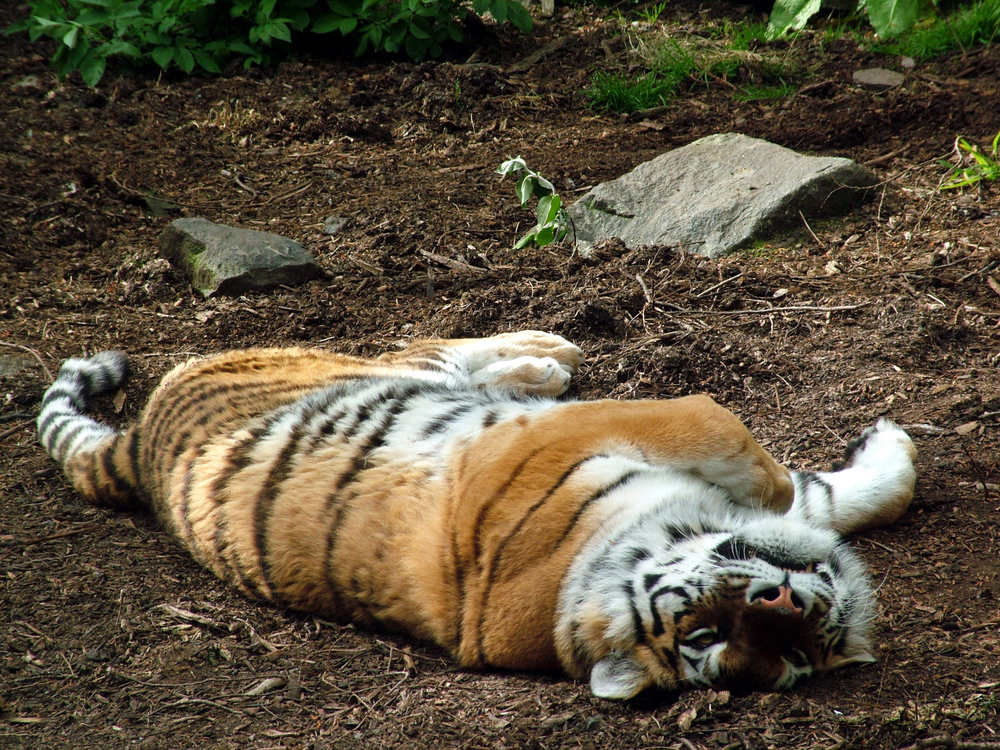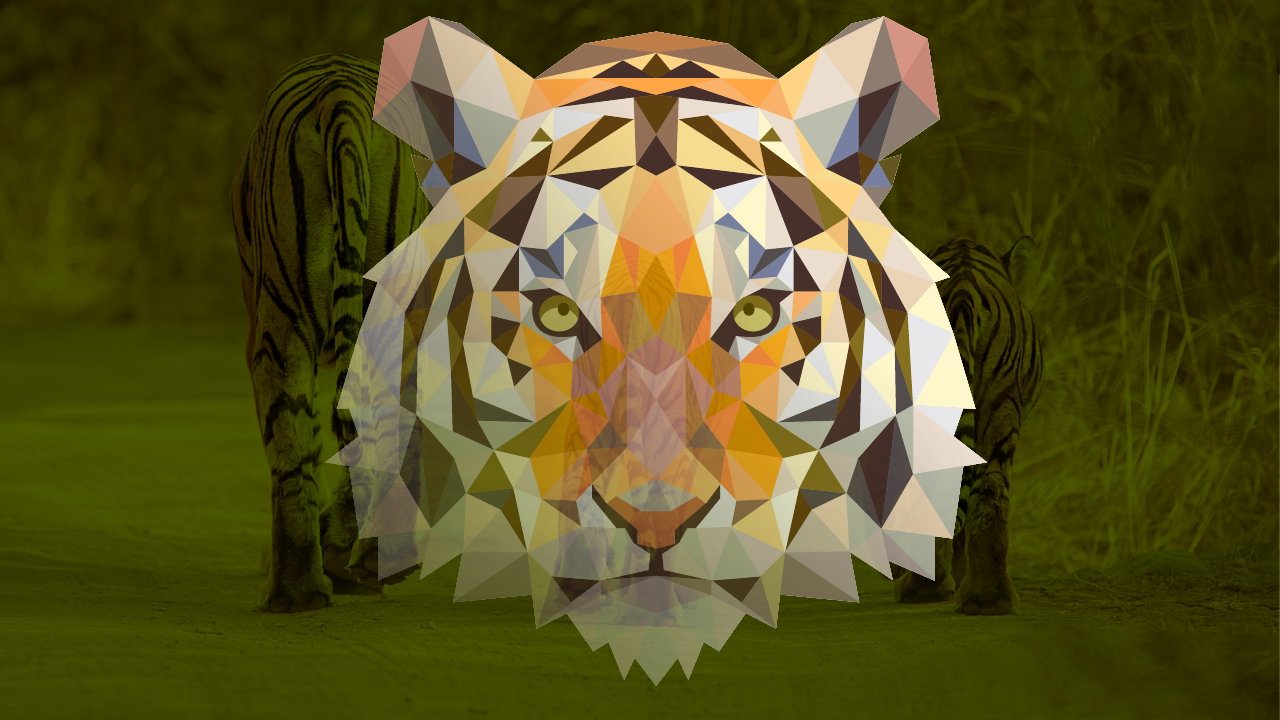The tiger that roams the Indian forests is far away enough from the West, which maybe is why children there can be given a lovable version of it. Tigger, the “bouncy, trouncy, flouncy, pouncy” member of Christopher Robin’s varied retinue led by Winnie the Pooh, earnestly believes that the “wonderful thing about tiggers/ Is tiggers are wonderful things”. He discovers that honey is “yyyyyuck”, only fit for “heffalumps and woozles”. Elephants and weasels you mean, says the exasperated Winnie. “That’s what I said,” replies Tigger, “heffalumps and woozles.” Less obviously idyllic — cute? — but equally irresistible is Hobbes, Calvin’s inseparable companion in Bill Watterson’s comic strip, playful, knowing, rough-and-tumble, philosophical, ever ready to startle Calvin out of his skin, but only an inert stuffed toy for others.
Closer up, the tiger rather loses its charm. Shere Khan, in Rudyard Kipling’s The Jungle Book, set in the forests of India, is a cunning, revengeful tiger with a limp, the ignoble villain in Mowgli’s story. Beasts bequeathed with human or morally susceptible qualities have entertained and edified children since the dawn of time, but this can become disconcerting when imagined evils offer pretexts for destruction in real life. Kipling’s stories of Shere Khan conjure up hundreds of blurred photographs of sahibs in sola topees standing hand on hip and foot on dead tiger, surrounded by ‘native’ helpers, sometimes accompanied by a shiny Indian royal who has just got off his shinier elephant. Shere Khan continues to be villainous in the recent screen version of Mowgli’s story, much to the dismay of conservationists. Animals may be given human qualities, but they miss out on the benefits of political correctness.
It is unfair to blame Kipling alone for giving the tiger such nasty publicity. Many ancient Indian tales, the Panchatantra being one source, are severely uncomplimentary, depicting tigers as treacherous and cruel. The animal’s abilities inspire terror, awe but also boundless admiration. Blake’s tiger is not obviously anthropomorphic; it is aesthetic and spiritual — its “fearful symmetry” is both tangible and a route to contemplate god. The animistic imagination of villagers in and around the Sunderbans area elevates him to a mysterious deity of the jungle. But the animal’s quasi-magical aura, thought to reside especially in its bones, claws and teeth, is also one of the reasons for its destruction, although poaching has been contained in Indian jungles in recent years. Yet nothing could save Avni in her home in the Maharashtra jungle, no magic or awe, while the tigress at Dudhwa, Uttar Pradesh, was lynched and her fearful symmetry ground down with a tractor by a mob from a bordering village close to which she had wounded a man.
Too many questions surround both killings. They suggest anomalies in intention and deed, ad hocism mixed up with apparent predetermination, odd evasions and skewed priorities. It can be no one’s case that it is easy to tranquillise a tiger. Assuming that the attempt was really made in Avni’s case. Because the State killed Avni, the questions are sharper. Why are so many critics of the operation convinced that there is not enough evidence to prove that she was a ‘man-eater’? Why did the government hire a private hunter? Is there any ‘right’ way to protect her cubs? Why are people talking about the industrial possibilities of the forested area which Avni inhabited? Why was the second tigress left to the mercy of villagers? She was wounded and starving; are there any thoughts about monitoring such weak animals and pre-empting their forays into villages?
To some extent, perhaps, there is a failure of the collective imagination too. The burden of lore and the terrors of proximity combine to erase the sense of how ‘other’ a creature of the wild must be, how, as in D.H. Lawrence’s “Snake”, exquisitely distant. The study of literature enables the capacious imagination which can be inward with other forms of life. Lawrence’s “human education” prompts him to kill the snake drinking at his water trough, but he is as “honoured” and humbled as he is frightened, waiting with his pitcher like a “second-comer” for someone who is there before him, drinking. No policy for protection and preservation can work without this respect for otherness, without a sense of wonder at the countless forms of intertwined life that do not, necessarily, need man. The narrator in Narayan Gangopadhyay’s story, “Dosar” (Companion), first feels frightened and annoyed at the appearance of a huge tusked wild boar on the desolate char where he has carved out a little fertile ground of his own. But both restrain their aggression, suspicion and fear, respecting boundaries and spending speechless evenings in a strange closeness as the moon floods the sounding waters. I do not suggest that this can be developed into a formula for coexisting with a man-eating tiger, but the official attitude to wildlife does need to transcend, or shift base from, myopically short-term and control-driven policymaking.
Many feel that it is the success of the tiger protection programme that is part of the problem: there are more tigers than the rapidly shrinking forests can accommodate. The central conflict is in a way, intransigent; both human beings and animals need their space, one cannot give it up in favour of the other. Elephants are another group of animals noticeably suffering from this tussle. Is enough being done to find ways round the problem? Are governments rigorous in maintaining — and when necessary, increasing — forest boundaries, and not finding pretexts to lift forest treasures or inconspicuously creeping in with mining and other activities in mind? Why not start with the simplest things — with some inconvenience and expense for the sake of ‘other’ life — such as building watch towers near elephant ‘crossings’ athwart train tracks to warn trains and forcing trains to go slow in any case?
The reduction in forest cover and food — the collection of the elephants’ staple siali leaves by villagers, for example, is reportedly not being recompensed by adequate replanting — is forcing elephants to newer patterns of movement in addition to established ones that drive them across train tracks and highways to crops protected by electrified fences and traps. But it is not credible that nothing can be done. How do other countries manage? Experts believe that, in the world, India has the highest number of train accidents involving elephants. The numbers are increasing: between 1987 and 2010, 150 elephants died when crossing tracks, but in just the eight years between 2009 and 2017, 120 elephants were killed. Obviously, governments, however pious they may sound, have neither the time to work out solutions nor the willingness to fund, over the years, necessary measures. Ninety to 102 elephants died by electrocution in Odisha since 2010, 106 in Karnataka. Yet, as experts pointed out in a letter to the railways minister in February, the train line running through Rajaji National Park in Uttarakhand, known once as the “killer track”, has not seen a single elephant death since 2010, simply because the government there took elephant deaths seriously.
A government is not a monolith, it has many departments. It is easy to claim innocence. When seven elephants died at one go because an electric line laid by the energy department for the railways was sagging at a height of about eight feet when the required height is 17 feet in the Dhenkanal Sadar forest range in Odisha at the end of October, the forest department could not see why it should be blamed. Although local people had reportedly warned officials that they had seen a herd of 13 elephants. Can seven elephant bodies, some piled on others, make a difference? It is difficult enough, for those who have read “Adarini” — “Beloved” in free translation — by Prabhat Kumar Mukhopadhyay in the early days of school, to forget the image of the huge, weeping, dying elephant in a mango grove on the way to the haat where she is being sent to be sold off because her loving owner has fallen on hard times. The old man rushes to her side, devastated. He survives her by two months.
Adarini is not a wild elephant: she is her owner’s ‘daughter’. Governments need not embarrass themselves with herds of unwieldy, uncontrollable offspring: they just need to accept the responsibility of other lives. That is also the life of their own race in the long run; is that such a distant prospect?












